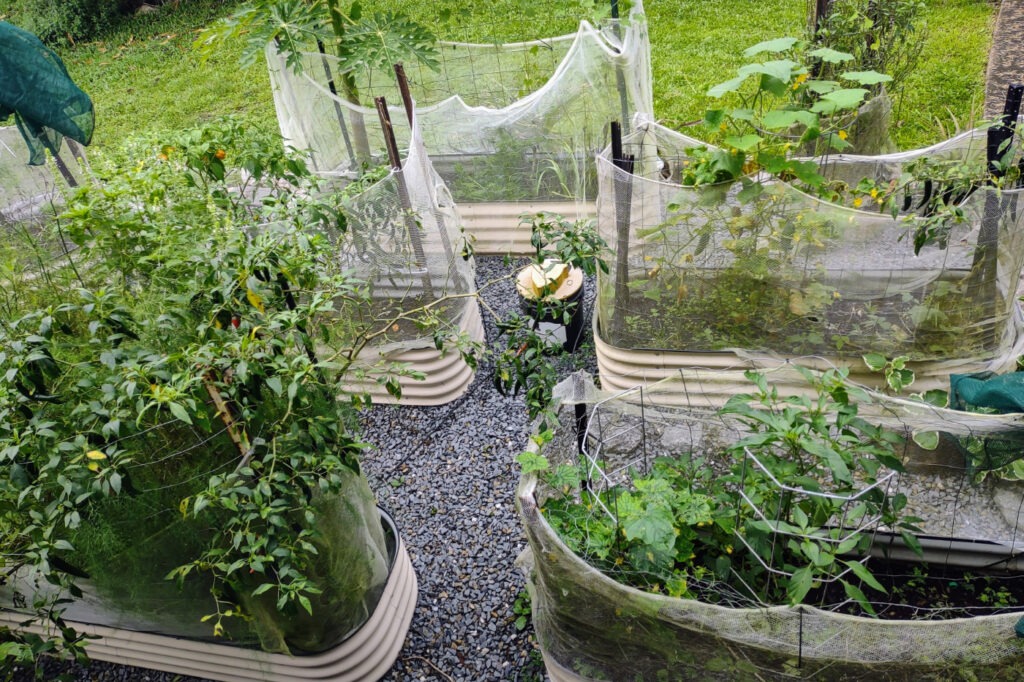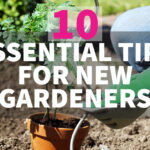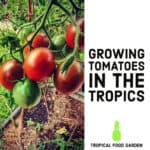We encourage you to buy as little as possible. We’re all about make, reuse, recycle, from composting to seed saving, but you will need some basics for your garden and we’ll put them on this page. If you need to buy, buy directly from reputable local manufacturers or local craftsmen.
We have taken the decision to remove links to online shopping giants from this page, so please have patience as we transition to better shopping options. There are no links on this page today but we will be replacing them where we can.
You’ll find some great gifts for gardeners here too. Everyone enjoys a few decorative items and we’ll add those to our gardening shop.
This page may contain affiliate links. We receive commission on sales from our affiliate partners. This costs you nothing extra. We are not paid to link to any particular gardening product, we just like these products and/or use them ourselves. All recommendations are on personal opinion only but we think these products are your best option after some trial and error.
Raised Beds

We use Birdies Garden Beds. We like the look of them, they work well and, importantly, we can buy them direct, online, from an Australian company and have them delived to our home for free. However, they are very expensive, not as long lasting as you may think, and really, unnecessary. You can make a simple raised bed with scrap wood, rocks, and old containers etc.
Today I have 10, but I’ve been buying them for at least 6 years now. Today we are all about saving money on the homestead, so I won’t be buying more.
You will see photos of our kitchen garden, or zone 1 (in permaculture terms, near our kitchen door) vegetable garden all over this site and on our Instagram account. Instagram is the only platform we really use today.
You can sometimes find Birdie’s Beds at Bunnings, but our nearest Bunnings is two hours away and they won’t deliver (certainly not free) to our rural address.
Garden Tools You Will Need
Start with a decent-quality stainless steel trowel and build from there. Don’t buy plastic. On a 5 acre property like ours, you will need all of the tools, eventually. But start buying bit by bit, so that the investment isn’t too overwhelming.
Gardening Gloves
Buy washable, cotton gardening gloves. Some gloves have a sticky plastic palm that breaks down in sun and sticks to itself in the wash. Don’t buy those. I’ll take photos soon. You don’t have to buy gloves, but I like to keep my hands clean if I can.
Chicken Waterers and Feeders
Stainless steel chicken waterers are by far the best, in our opinion. We’ve tried plastic, they break down in the sun, get full of algae and, I just think plastic is too toxic to be in our environment. Your local feed store should have stainless steel.
Steel looks brand new for a long time, particularly if you hit it with the pressure washer. It’s more expensive, but we think it’s worth it.
We don’t use chicken feeders, just whatever tray or container we have on hand. Sometimes I just throw grain on the soil so that they can scratch for it.
We only feed our poultry a small amount of grain at first light, then a little more to get them into their coops at night. We would never give free access grain all day. A bird that eats grass and bugs is better for you and them. A free ranging flock also fertilises as it goes.
What To Wear in the Garden?
I own dungarees or overalls and I’m in love with them. As soon as they’re out of the washing machine and dried, I’m in them again for any garden work, around the house, or trips to the shops. They’re cute, flattering, good quality fairly heavy cotton and cool enough for the tropics. I was going to buy Carhartt, but toveralls by Liberty were cheaper and I think, nicer.
Carhartt are very expensive in Australia. I have the light green overally from Liberty and I love that I can carry my small tools, and phone safely around the garden in all these pockets. My phone pocket has a zip, so the phone can’t fall out if I’m bending over to work in the garden.
These gardening overalls are available in the US and available in Australia, which is where I bought my pair. In the uk they have them in white too.
A Soil pH Meter – With Moisture Meter
We actually bought our soil pH meter for the kids when they were learning about acids, bases and pH so we had one at home already. You can’t really guess at your soil’s pH unless you have a lot of knowledge and experience. I find ours very, very useful.
It gave me answers when I was scratching my head as to why something wasn’t growing where it should. If you know the pH you can set about addressing it and making your soil more neutral, or you can plant accordingly.
In the tropics, all that rain messes with your pH and you should really keep an eye on it. pH meters are cheap and seem to work fine, they agree with our litmus paper tests on domestic acids and bases. Light, and moisture meters can also be built in. If you’re the sort of person who thinks they kill everything (you’re not) one of these could teach you how not to kill everything.
Get Rid of Pests Without Harsh Chemicals With Neem Oil and Soapy Water
Pure neem oil helps you banish pests without poisons and insecticides. Various sizes are available from a small sampler size (8 oz) to a gallon. Simply mix the cold pressed neem oil with water and a little soap or washing up liquid, spray onto all leaf surfaces, top and bottom, to rid your plants of pests, and add nutrition at the same time!
If you don’t have neem, soapy water will get rid of bugs pretty effectively. The soap is a surfactant , it breaks down surface tension that would otherwise protect the bugs.
Be careful to use a non-toxic soap, septic-safe and natural dishwashing liquid maybe. That’s what we use.
In-Ground Mini Composter/Worm Bin
Mini compost bins/worm farms are absolute gold in your large pots, raised beds, or in the ground. Have you ever filled a raised bed with bought soil to find that the soil isn’t so great? That’s usually the reason your plants won’t grow. I have, it’s common.
A lot of the soil and compost you buy is rubbish and lacking nutrients. One of these will turn that around for you, and give you somewhere to dispose of your scraps. You may be able to find one to buy online, but you can easily make one with any food-safe platic container or a bit of piping. Drill some holes, fill it with acraps and cover the top.
Just add your kitchen leftovers, plants, and crushed eggshells, and let it break down directly into your soil. The lid keeps flies and rodents out and your plants grow lush and nourished.
These are suitable for even a balcony garden, and I love mine. I have two now, different brands, plus a few home-made, and every large raised bed will get its own in time. You could put one next to your fruit trees or even in your herb gardens.
You can also buy much larger devices, only suitable for much bigger raised beds We think you should keep your money in your pocket and make these yourself..
An Indoor Aquaponics Set Up
Aquaponics looks fun! If you’re short of space or not ready to commit, an indoor aquaponics setup could be a great way to figure out if aquaponics is for you or not.
I currently have my guppies outside in a pot, it’s hot enough to do that here, but if you have a colder winter, this could be the answer. I can put just about any plant in that guppy pot and it takes root and grows thanks to the guppy poop. I currently have pineapple tops rooting in the guppy pond. They also take care of mosquito larvae.
Buy Decorative Pots and Planters Online
If you’re after decorative pots and planters to enhance your garden, patio, or balcony, you can buy these items online. We use this website in Australia and can easily arrange delivery to our home, even though we’re now on a remote homestead or farm.
If you use our link, either above, or the button below, this company can offer our readers a special free credit when using their home or gardening shop.
An Indoor-Outdoor Thermometer and Hygrometer
We own one of these, they are very affordable, make a great gift, and really help you know, for sure, what your local microclimate is really like. We live in the tropics, about 17 degrees south of the equator, but our climate and growing conditions recently changed when we moved to our new farm/homestead at a slight elevation. Our night-time temperatures got as low as 5C! That was a shock. This device also helps us know when condensation will be an issue and when to leave a heater on at night. If you have a shade house or greenhouse, the “outside” sensor would be very useful for monitoring conditions in there, and tuning your ventilation.







